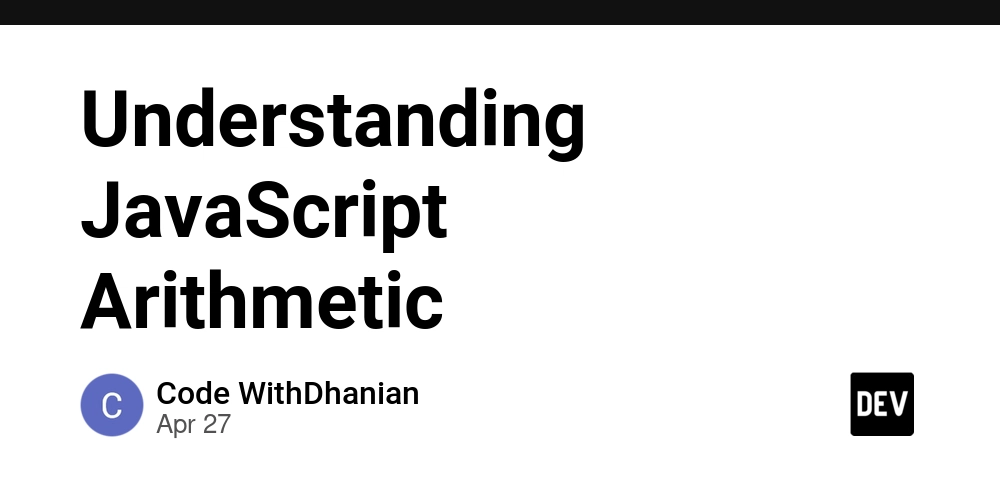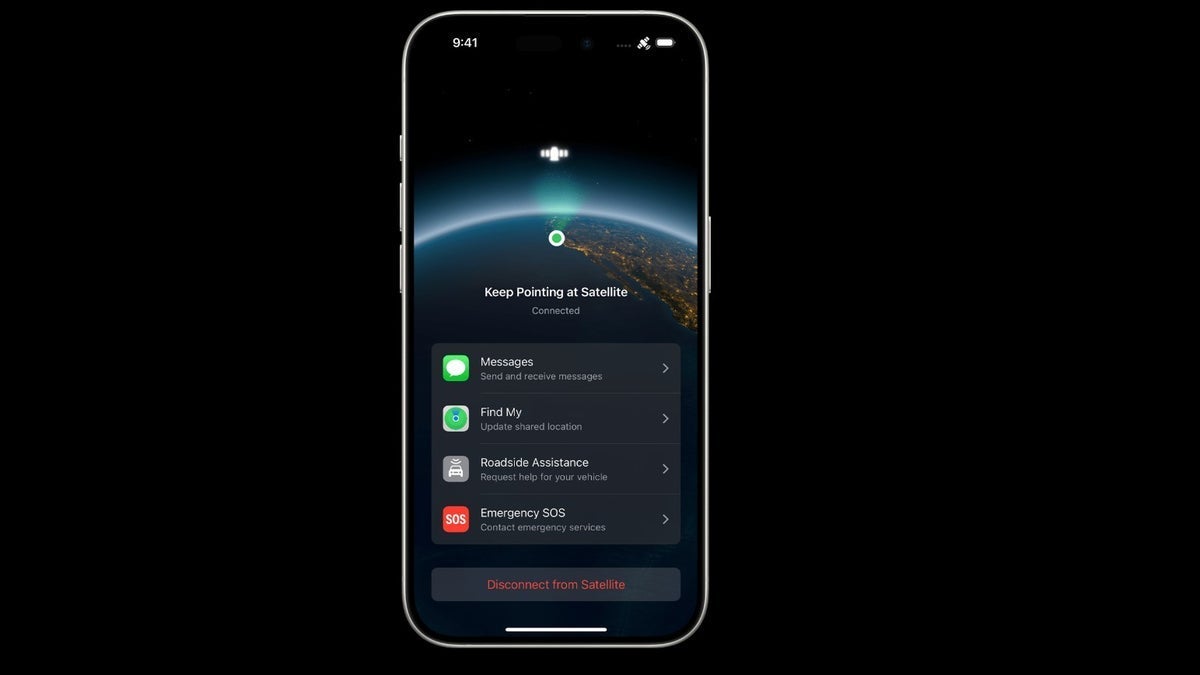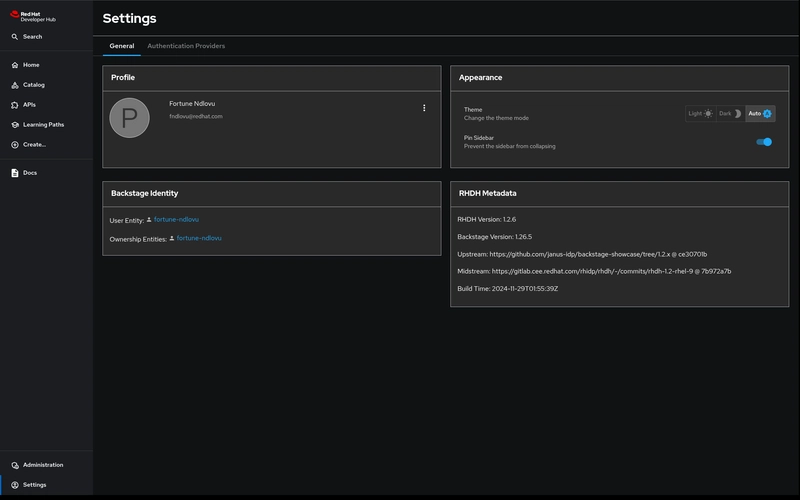Optimizing Redux for Massive State Trees with Entity Adapters
When your Redux store starts ballooning with deeply nested data (think thousands of items, cross-referenced entities), basic reducer logic quickly becomes painful. That's where Redux entity adapters shine. Let's break down how to massively optimize your Redux state structure without abandoning core principles. Why Use Entity Adapters? They allow: Normalized, flat state management (no deep object trees) Fast CRUD operations with built-in immutability Better scalability for large datasets like users, posts, comments, etc. Step 1: Install Redux Toolkit (if needed) If you're not already using it, install Redux Toolkit — entity adapters are part of it: npm install @reduxjs/toolkit react-redux Step 2: Create an Entity Slice Example: managing a large collection of blog posts. // src/features/posts/postsSlice.js import { createSlice, createEntityAdapter } from '@reduxjs/toolkit'; const postsAdapter = createEntityAdapter({ // Optional: customize ID selection selectId: (post) => post.uuid, sortComparer: (a, b) => b.date.localeCompare(a.date), }); const postsSlice = createSlice({ name: 'posts', initialState: postsAdapter.getInitialState(), reducers: { postAdded: postsAdapter.addOne, postsReceived: postsAdapter.setAll, postUpdated: postsAdapter.updateOne, postDeleted: postsAdapter.removeOne, }, }); export const { postAdded, postsReceived, postUpdated, postDeleted } = postsSlice.actions; export default postsSlice.reducer; export const { selectAll: selectAllPosts, selectById: selectPostById, } = postsAdapter.getSelectors((state) => state.posts); Step 3: Using Entity Selectors Notice the selectors automatically handle optimized lookups: // In a React component import { useSelector } from 'react-redux'; import { selectAllPosts } from './postsSlice'; function PostsList() { const posts = useSelector(selectAllPosts); return ( {posts.map(post => ( {post.title} ))} ); } What’s Really Happening? Instead of nested arrays/objects, your state is stored like: { ids: ['post1', 'post2', 'post3'], entities: { 'post1': { uuid: 'post1', title: 'First Post', ... }, 'post2': { uuid: 'post2', title: 'Second Post', ... }, ... } } This flat structure makes updates, deletes, and retrievals incredibly fast and predictable. Pros and Cons ✅ Pros Blazing fast lookup and updates Cleaner, flatter state — easier debugging Scales to thousands of records without noticeable slowdowns ⚠️ Cons Learning curve if you're used to deep nested structures Not ideal for tiny apps with almost no data complexity

When your Redux store starts ballooning with deeply nested data (think thousands of items, cross-referenced entities), basic reducer logic quickly becomes painful. That's where Redux entity adapters shine. Let's break down how to massively optimize your Redux state structure without abandoning core principles.
Why Use Entity Adapters?
They allow:
- Normalized, flat state management (no deep object trees)
- Fast CRUD operations with built-in immutability
- Better scalability for large datasets like users, posts, comments, etc.
Step 1: Install Redux Toolkit (if needed)
If you're not already using it, install Redux Toolkit — entity adapters are part of it:
npm install @reduxjs/toolkit react-redux
Step 2: Create an Entity Slice
Example: managing a large collection of blog posts.
// src/features/posts/postsSlice.js
import { createSlice, createEntityAdapter } from '@reduxjs/toolkit';
const postsAdapter = createEntityAdapter({
// Optional: customize ID selection
selectId: (post) => post.uuid,
sortComparer: (a, b) => b.date.localeCompare(a.date),
});
const postsSlice = createSlice({
name: 'posts',
initialState: postsAdapter.getInitialState(),
reducers: {
postAdded: postsAdapter.addOne,
postsReceived: postsAdapter.setAll,
postUpdated: postsAdapter.updateOne,
postDeleted: postsAdapter.removeOne,
},
});
export const { postAdded, postsReceived, postUpdated, postDeleted } = postsSlice.actions;
export default postsSlice.reducer;
export const {
selectAll: selectAllPosts,
selectById: selectPostById,
} = postsAdapter.getSelectors((state) => state.posts);
Step 3: Using Entity Selectors
Notice the selectors automatically handle optimized lookups:
// In a React component
import { useSelector } from 'react-redux';
import { selectAllPosts } from './postsSlice';
function PostsList() {
const posts = useSelector(selectAllPosts);
return (
{posts.map(post => (
- {post.title}
))}
);
}
What’s Really Happening?
Instead of nested arrays/objects, your state is stored like:
{
ids: ['post1', 'post2', 'post3'],
entities: {
'post1': { uuid: 'post1', title: 'First Post', ... },
'post2': { uuid: 'post2', title: 'Second Post', ... },
...
}
}
This flat structure makes updates, deletes, and retrievals incredibly fast and predictable.
Pros and Cons
✅ Pros
- Blazing fast lookup and updates
- Cleaner, flatter state — easier debugging
- Scales to thousands of records without noticeable slowdowns
⚠️ Cons
- Learning curve if you're used to deep nested structures
- Not ideal for tiny apps with almost no data complexity































































































































































![[The AI Show Episode 143]: ChatGPT Revenue Surge, New AGI Timelines, Amazon’s AI Agent, Claude for Education, Model Context Protocol & LLMs Pass the Turing Test](https://www.marketingaiinstitute.com/hubfs/ep%20143%20cover.png)



























































































































![[DEALS] Koofr Cloud Storage: Lifetime Subscription (1TB) (80% off) & Other Deals Up To 98% Off – Offers End Soon!](https://www.javacodegeeks.com/wp-content/uploads/2012/12/jcg-logo.jpg)
























![Is this too much for a modular monolith system? [closed]](https://i.sstatic.net/pYL1nsfg.png)



























































































-The-Elder-Scrolls-IV-Oblivion-Remastered---Official-Reveal-00-18-14.png?width=1920&height=1920&fit=bounds&quality=70&format=jpg&auto=webp#)























_roibu_Alamy.jpg?width=1280&auto=webp&quality=80&disable=upscale#)




 CISO’s Core Focus.webp?#)











































































































![Apple Smart Glasses Not Close to Being Ready as Meta Targets 2025 [Gurman]](https://www.iclarified.com/images/news/97139/97139/97139-640.jpg)
![iPadOS 19 May Introduce Menu Bar, iOS 19 to Support External Displays [Rumor]](https://www.iclarified.com/images/news/97137/97137/97137-640.jpg)

![Apple Drops New Immersive Adventure Episode for Vision Pro: 'Hill Climb' [Video]](https://www.iclarified.com/images/news/97133/97133/97133-640.jpg)

































































































